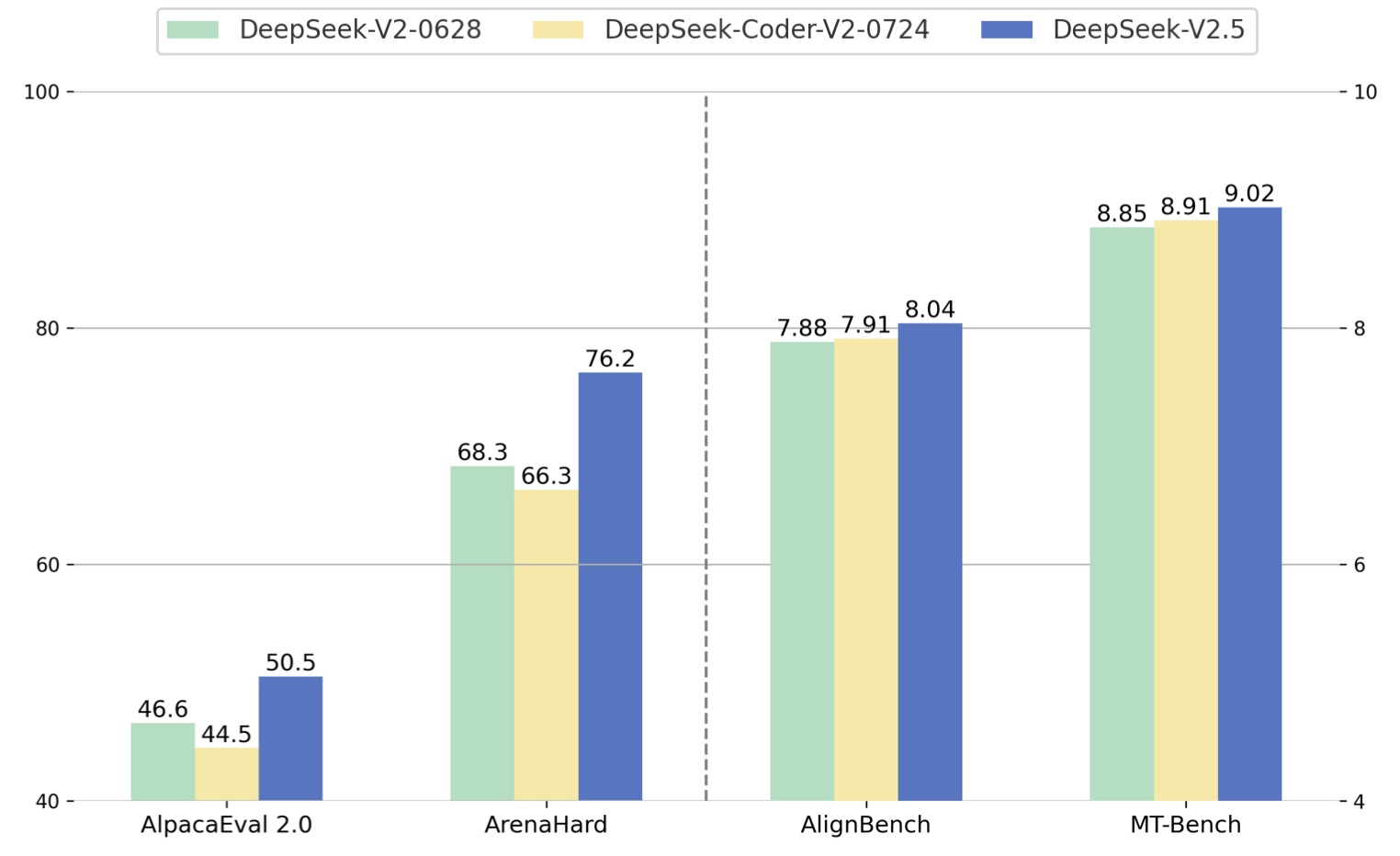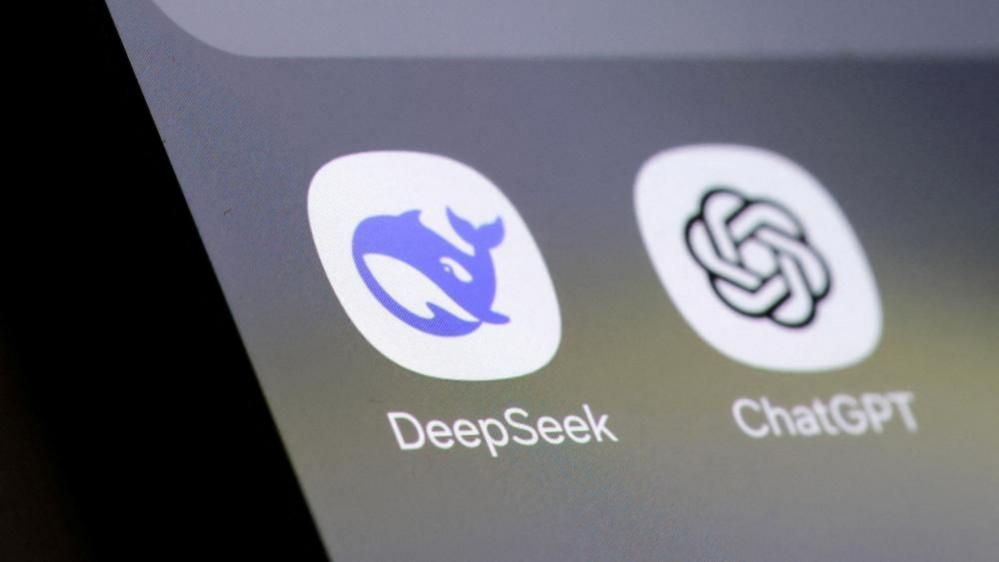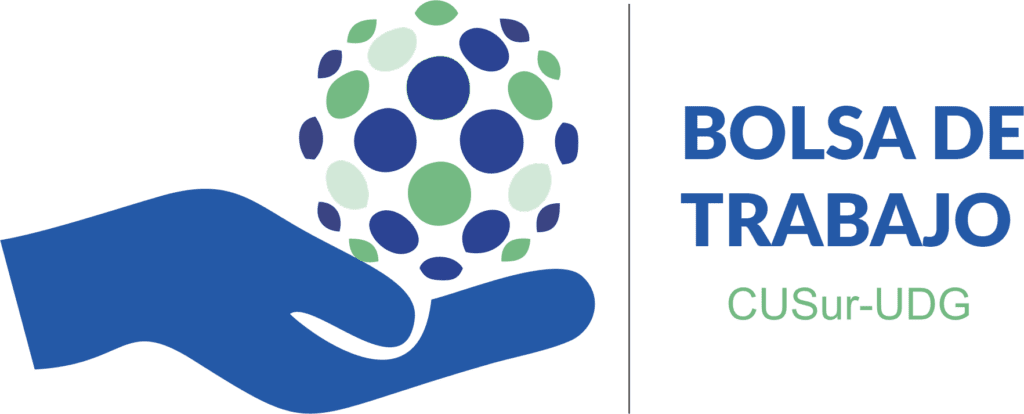
Synano Cooling
FollowOverview
-
Founded Date agosto 5, 1943
-
Sectors Médico Cirujano y partero
-
Posted Jobs 0
-
Viewed 41
Company Description
Need A Research Study Hypothesis?
Crafting a distinct and appealing research hypothesis is an essential ability for any researcher. It can likewise be time consuming: New PhD prospects might invest the very first year of their program attempting to decide precisely what to explore in their experiments. What if expert system could assist?

MIT researchers have produced a method to autonomously produce and evaluate appealing research hypotheses across fields, through human-AI cooperation. In a brand-new paper, they explain how they used this framework to produce evidence-driven hypotheses that align with unmet research study requires in the field of biologically inspired materials.
Published Wednesday in Advanced Materials, the research study was co-authored by Alireza Ghafarollahi, a postdoc in the Laboratory for Atomistic and Molecular Mechanics (LAMM), and Markus Buehler, the Jerry McAfee Professor in Engineering in MIT’s departments of Civil and Environmental Engineering and of Mechanical Engineering and director of LAMM.
The structure, which the scientists call SciAgents, includes several AI agents, each with particular capabilities and access to information, that utilize “chart reasoning” approaches, where AI designs use a knowledge chart that arranges and defines relationships in between diverse clinical concepts. The multi-agent method simulates the method biological systems organize themselves as groups of . Buehler notes that this “divide and dominate” concept is a popular paradigm in biology at lots of levels, from materials to swarms of pests to civilizations – all examples where the total intelligence is much greater than the amount of individuals’ capabilities.
“By using several AI agents, we’re trying to mimic the process by which neighborhoods of scientists make discoveries,” says Buehler. “At MIT, we do that by having a lot of individuals with different backgrounds collaborating and running into each other at coffee shops or in MIT’s Infinite Corridor. But that’s extremely coincidental and slow. Our quest is to simulate the process of discovery by checking out whether AI systems can be innovative and make discoveries.”
Automating excellent ideas
As recent developments have actually shown, large language designs (LLMs) have actually shown an impressive capability to respond to questions, sum up information, and execute simple tasks. But they are quite limited when it concerns producing brand-new ideas from scratch. The MIT scientists wished to develop a system that enabled AI designs to perform a more sophisticated, multistep procedure that goes beyond recalling details learned throughout training, to theorize and develop new knowledge.

The foundation of their technique is an ontological understanding chart, which organizes and makes connections in between varied clinical ideas. To make the graphs, the scientists feed a set of clinical documents into a generative AI design. In previous work, Buehler used a field of mathematics known as category theory to help the AI design develop abstractions of clinical ideas as charts, rooted in specifying relationships between parts, in a way that could be evaluated by other designs through a process called chart thinking. This focuses AI models on establishing a more principled way to comprehend principles; it likewise permits them to generalize better throughout domains.
“This is actually essential for us to produce science-focused AI models, as clinical theories are usually rooted in generalizable concepts instead of simply knowledge recall,” Buehler states. “By focusing AI models on ‘believing’ in such a manner, we can leapfrog beyond conventional techniques and explore more imaginative usages of AI.”
For the most current paper, the researchers used about 1,000 clinical studies on biological materials, however Buehler states the knowledge charts could be created utilizing even more or fewer research study documents from any field.
With the chart developed, the scientists developed an AI system for clinical discovery, with multiple models specialized to play particular roles in the system. Most of the components were constructed off of OpenAI’s ChatGPT-4 series designs and made use of a strategy referred to as in-context learning, in which prompts provide contextual details about the design’s role in the system while enabling it to discover from data supplied.
The individual representatives in the structure interact with each other to jointly resolve a complex problem that none of them would have the ability to do alone. The first job they are offered is to produce the research hypothesis. The LLM interactions start after a subgraph has actually been specified from the understanding chart, which can occur arbitrarily or by manually entering a pair of keywords gone over in the papers.
In the framework, a language design the scientists named the “Ontologist” is tasked with specifying clinical terms in the documents and analyzing the connections between them, expanding the understanding graph. A model called “Scientist 1” then crafts a research proposal based upon elements like its capability to reveal unexpected properties and novelty. The proposition includes a discussion of prospective findings, the effect of the research, and a guess at the hidden mechanisms of action. A “Scientist 2” design expands on the idea, suggesting particular experimental and simulation techniques and making other enhancements. Finally, a “Critic” model highlights its strengths and weaknesses and recommends more improvements.
“It’s about building a group of specialists that are not all thinking the same way,” Buehler states. “They need to believe differently and have different abilities. The Critic representative is intentionally configured to critique the others, so you do not have everybody concurring and stating it’s a terrific idea. You have an agent saying, ‘There’s a weakness here, can you explain it much better?’ That makes the output much various from single models.”
Other agents in the system have the ability to search existing literature, which provides the system with a method to not only examine expediency however also develop and assess the novelty of each idea.
Making the system stronger

To validate their technique, Buehler and Ghafarollahi constructed a knowledge chart based upon the words “silk” and “energy extensive.” Using the structure, the “Scientist 1” design proposed incorporating silk with dandelion-based pigments to produce biomaterials with enhanced optical and mechanical properties. The design forecasted the product would be significantly stronger than traditional silk products and require less energy to process.
Scientist 2 then made suggestions, such as using specific molecular dynamic simulation tools to explore how the proposed materials would communicate, including that a good application for the product would be a bioinspired adhesive. The Critic design then highlighted numerous strengths of the proposed product and areas for enhancement, such as its scalability, long-term stability, and the environmental impacts of solvent usage. To address those issues, the Critic suggested conducting pilot research studies for procedure recognition and carrying out strenuous analyses of material resilience.
The researchers likewise performed other experiments with arbitrarily chosen keywords, which produced numerous original hypotheses about more effective biomimetic microfluidic chips, enhancing the mechanical homes of collagen-based scaffolds, and the interaction between graphene and amyloid fibrils to develop bioelectronic devices.

“The system was able to create these brand-new, extensive ideas based upon the course from the understanding chart,” Ghafarollahi says. “In regards to novelty and applicability, the materials appeared robust and unique. In future work, we’re going to create thousands, or 10s of thousands, of new research study concepts, and then we can classify them, try to comprehend much better how these materials are generated and how they could be enhanced further.”
Going forward, the researchers want to include new tools for retrieving details and running simulations into their frameworks. They can also quickly switch out the structure designs in their frameworks for more innovative designs, enabling the system to adapt with the most recent innovations in AI.

“Because of the way these representatives interact, an enhancement in one design, even if it’s slight, has a huge influence on the general habits and output of the system,” Buehler says.

Since releasing a preprint with open-source details of their technique, the scientists have actually been contacted by numerous people interested in using the structures in varied clinical fields and even areas like financing and cybersecurity.
“There’s a great deal of things you can do without having to go to the laboratory,” Buehler states. “You wish to basically go to the lab at the very end of the process. The lab is costly and takes a long period of time, so you want a system that can drill extremely deep into the very best concepts, formulating the best hypotheses and properly predicting emergent behaviors.

